
2
in equilibrium (see also Refs. [14,24,25,49–51] for re-
lated studies). It has also been argued that, although
measurement outcomes are intrinsically random, trans-
lation symmetry of the corresponding statistical ensem-
ble in combination with a global symmetry, such as an
SU(2) spin rotation symmetry, gives rise to super-area-
law entanglement [49], in analogy with the Lieb-Schultz-
Mattis theorem for ground states of quantum many-body
systems [52]. Furthermore, it has been shown that inter-
play between global symmetry and dynamically gener-
ated symmetry acting on a replica space leads to a variety
of exotic measurement-induced phases [53].
Recently, it has been predicted that hybrid quantum
circuits with U(1) symmetry, or equivalently particle-
number conservation, undergo a novel type of MIPT dis-
tinguished from the entanglement transition as the mea-
surement rate is increased [54–56]. For a hybrid quantum
circuit consisting of charged qubits and neutral qudits
with dlevels, mapping to a classical statistical mechan-
ical model, which becomes analytically tractable in the
limit of large d, has been employed to show the pres-
ence of charge-sharpening transition within the volume-
law phase of entanglement [54,55]. For the d= 1
case, which reduces to the monitored Haar-random cir-
cuit with U(1) symmetry, Ref. [54] has numerically shown
that the charge-sharpening transition can be dynami-
cally characterized when the initial state mixes differ-
ent charge sectors; an ancilla probe or charge variance
can be used to quantify a time duration required for
the initial state to collapse into a single charge sector,
which grows linearly with the system size in a charge
fuzzy phase below the transition whereas sublinearly in
a charge sharp phase above the transition. In Ref. [55],
the statistical mechanical model in the d→ ∞ limit
has been studied by both numerical and field-theoretical
approaches to show that the charge-sharpening tran-
sition is of Berezinskii-Kosterlitz-Thouless (BKT) type
and the charge fuzzy phase below the transition exhibits
critical steady-state properties described by Tomonaga-
Luttinger-liquid (TLL) theory.
In this paper, we numerically investigate TLL-like
critical phenomena emerging from the monitored Haar-
random circuit with U(1) symmetry. While this model
has already been studied in Ref. [54], we exclusively focus
on static, steady-state properties obtained by evolving
an initial state within a single charge sector at a given
filling fraction. Besides the entanglement transition be-
tween the volume-law and area-law phase, we identify an-
other phase transition, dubbed charge-fluctuation transi-
tion, which separates two phases where bipartite charge
fluctuation grows with the subsystem size below the tran-
sition whereas stays constant above the transition. In
the vicinity of the charge-fluctuation transition, we find
that bipartite charge fluctuation, (unsquared) charge cor-
relation functions, and charge-resolved entanglement all
exhibit scaling behaviors peculiar to critical systems de-
scribed by TLL theory. While one may think that the
charge-fluctuation transition coincides with the charge-
sharpening transition dynamically located in Ref. [54],
as the former also exists slightly below the entanglement
transition, we cannot find clear signatures of the BKT-
type universality at the charge-fluctuation transition or
an extended critical phase described by TLL theory be-
low the transition as predicted from mapping to the clas-
sical statistical mechanical model in Ref. [55]. Our re-
sults thus call for more careful studies on universal prop-
erties of measurement-induced criticality in the presence
of U(1) symmetry.
The rest of this paper is organized as follows. In
Sec. II, we describe our monitored quantum circuit with
U(1) symmetry and simulation protocol. In Sec. III, we
present our numerical results with particular focus on
the half-filling case and discuss the presence of an entan-
glement transition and a charge-fluctuation transition.
We then analyze scaling properties of various steady-
state quantities at and below the transitions. Numeri-
cal results for other filling fractions are provided in Ap-
pendix B. We conclude in Sec. IV with discussions and
future directions.
II. MODEL
We consider a (1+1)-dimensional [(1+1)D] hybrid
quantum circuit consisting of local unitary gates and in-
terspersed local projective measurements, both of which
preserve a global U(1) symmetry [54], as schematically
shown in Fig. 1. The system is defined on a one-
dimensional chain of qubits qi∈ {0,1}with the length L
where i∈[1, L] denotes the site index. We impose the
periodic boundary condition such that qL+1 ≡q1. We
introduce a charge operator niacting on a local Hilbert
space labeled by site ias ni|qii=qi|qii, which can be
written as
ni=Ii−Zi
2,(1)
in terms of the Pauli operator Ziand the identity oper-
ator Ii. We then define the total charge operator by
ntot =
L
X
i=1
ni,(2)
which is conserved during time evolution by the hybrid
quantum circuits. Since qican also be interpreted as the
local particle number for a boson, we use the terms of
charge and particle number interchangeably throughout
this paper.
The local unitary gate is a 4 ×4 unitary matrix acting
on two neighboring sites and is chosen to take the block-
diagonal form,
Ui,i+1 =
U1×1
U2×2
U1×1
,(3)

 2024-11-21 13
2024-11-21 13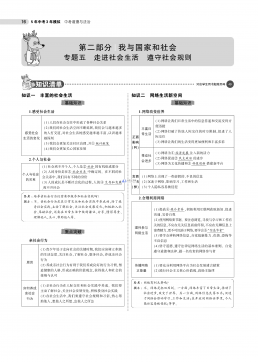
 2024-11-21 11
2024-11-21 11
 2024-11-21 6
2024-11-21 6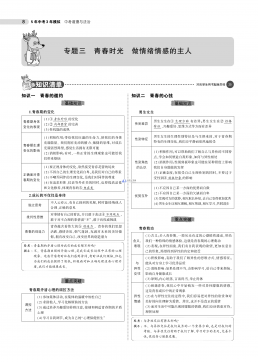
 2024-11-21 8
2024-11-21 8
 2024-11-21 9
2024-11-21 9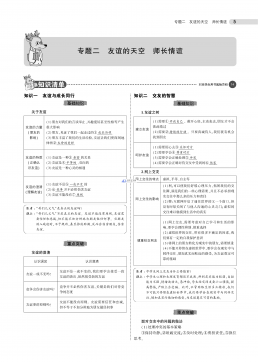
 2024-11-21 8
2024-11-21 8
 2024-11-21 8
2024-11-21 8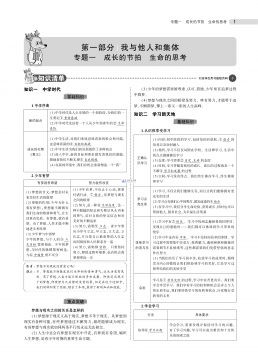
 2024-11-21 8
2024-11-21 8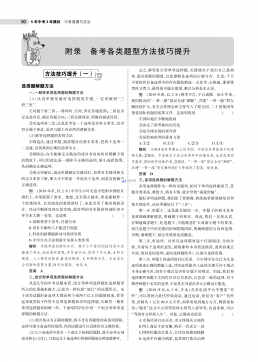
 2024-11-21 10
2024-11-21 10
 2024-11-21 7
2024-11-21 7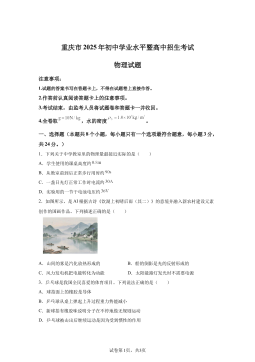
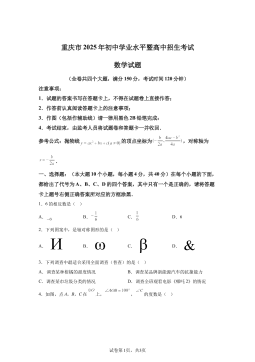

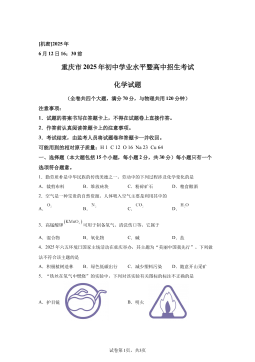



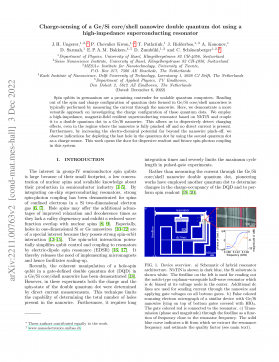
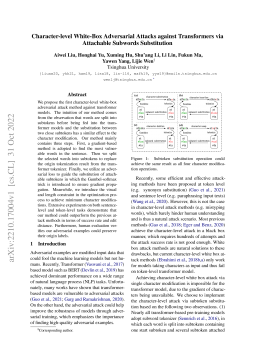
 渝公网安备50010702506394
渝公网安备50010702506394
